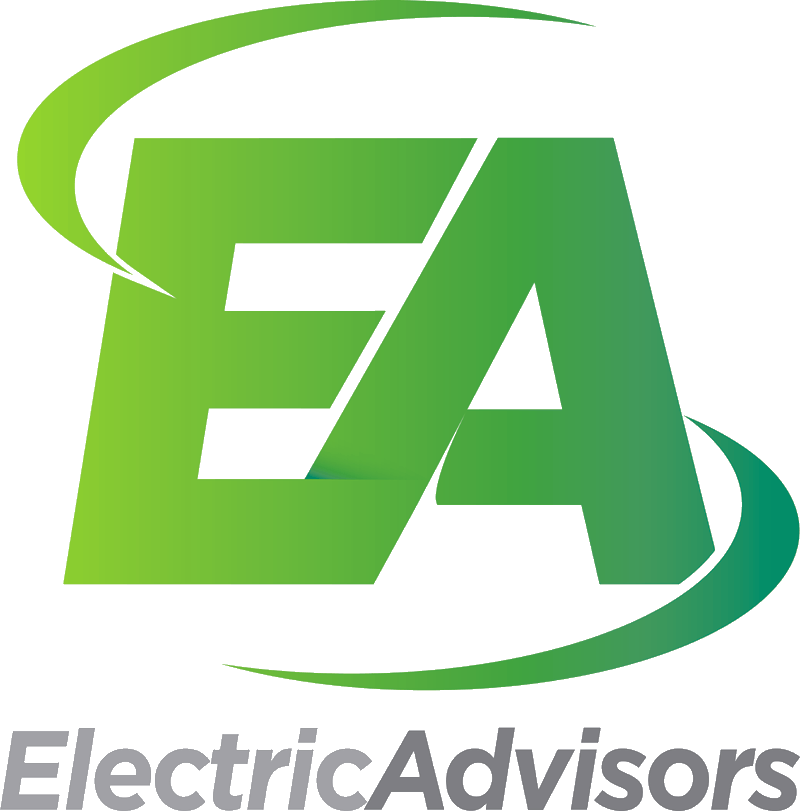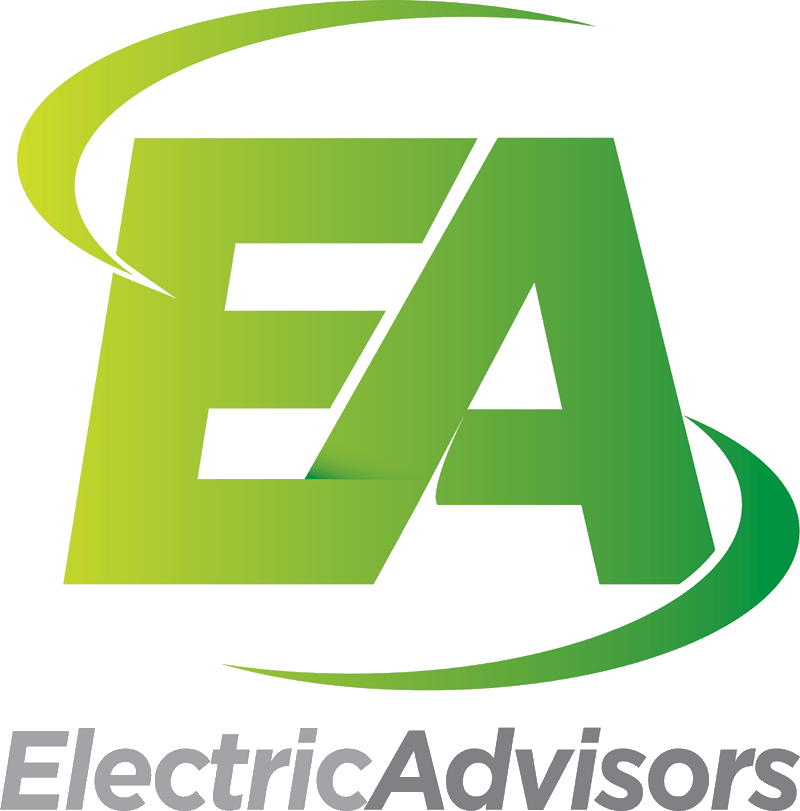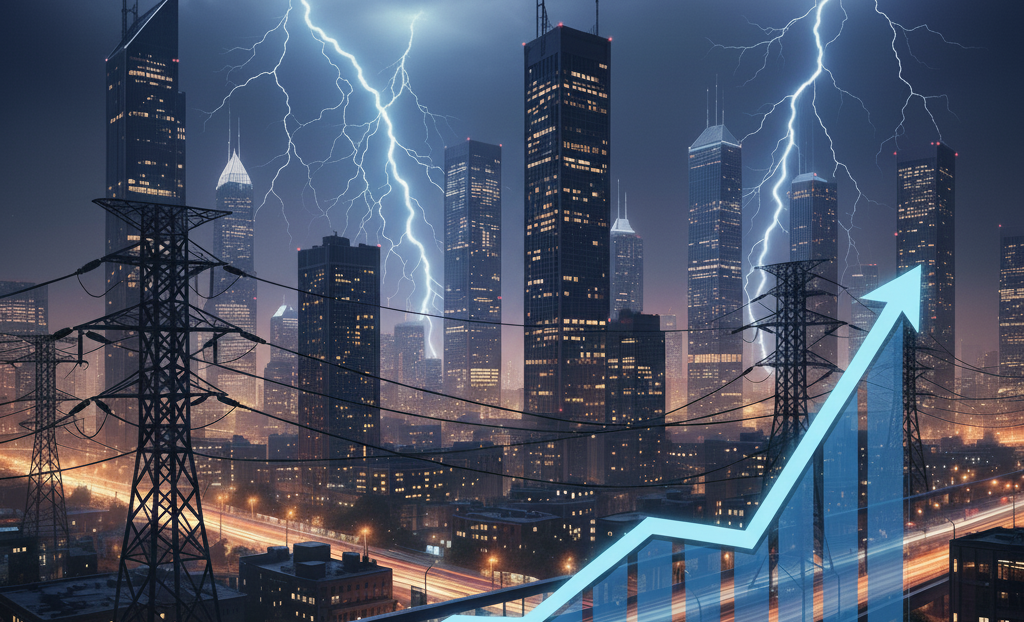Green Energy = Green Money
September 28, 2010
I had my interview with Matthew Lesko yesterday afternoon (previous posts on this: Post 1 | Post 2). To prepare for it, I studied up on all kinds of green-related energy matters, like I was back in college cramming for an exam. Like the NBC promos say: The More You Know … right?
Well, 15 minutes after we started rolling, Matthew is thanking me on camera … and we’ve only briefly touched on green. Didn't even realize it. And of the short time we did mention it, we mainly discussed residential green energy.
Don’t get me wrong: The overall interview went very well, and contained a lot of helpful information for people and companies looking to lower their utility rates. While I’m sure the video will be good for our business, the “green” part inadvertently got lost in the shuffle.
Thing is, I found a lot of good information I wanted to bring up with him. Since the camera is long gone, I decided to share what I found on the commercial end of the green equation.
You can read the entire blog entry at commonground, a professional social network for "green" professionals in commercial real estate, commercial construction and due diligence. Because of his experience in real estate, energy and green-related matters, Bob is the official "green energy" blogger at commonground.




